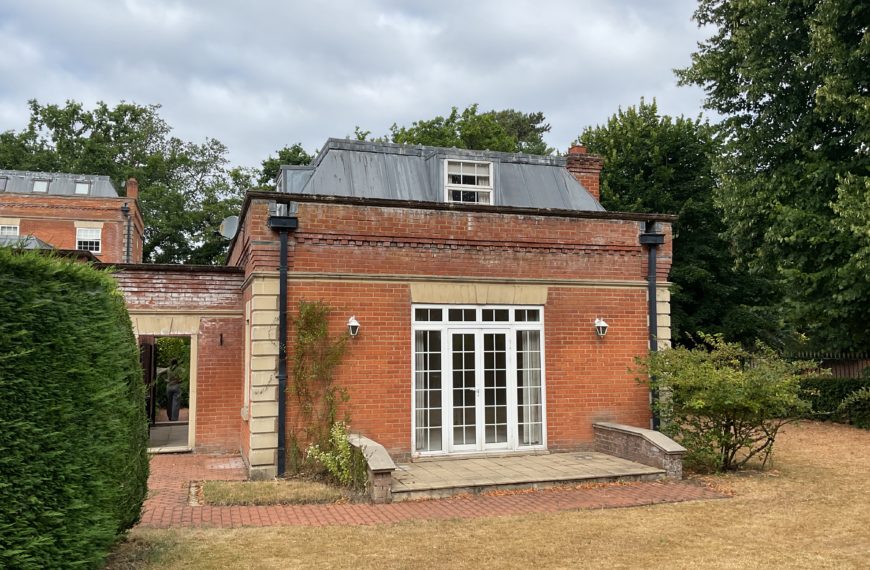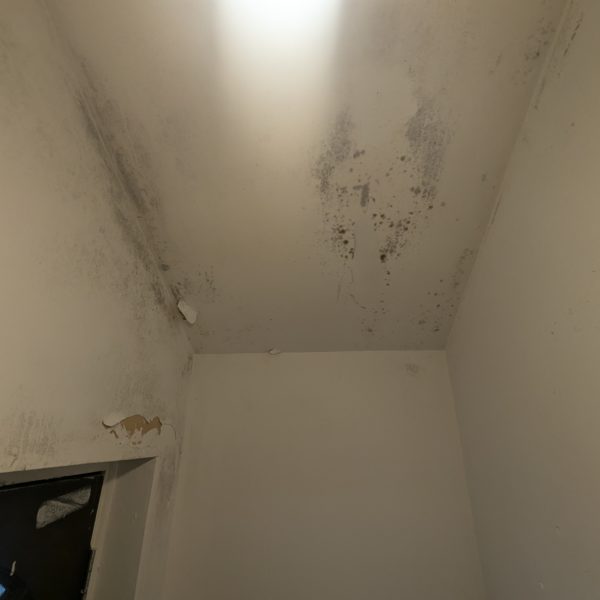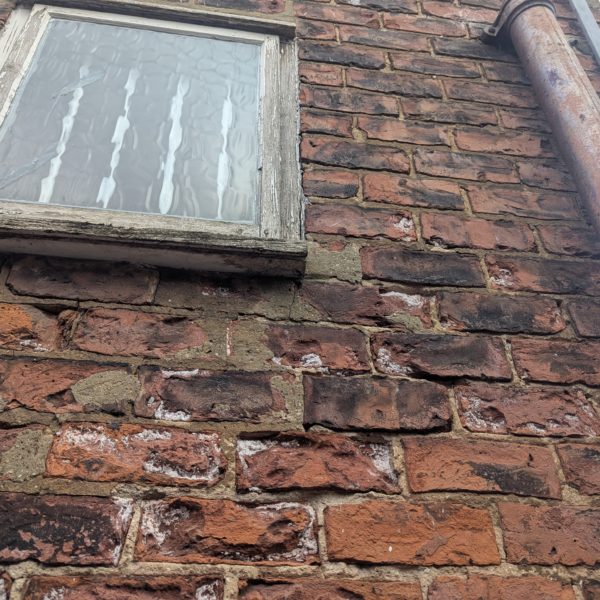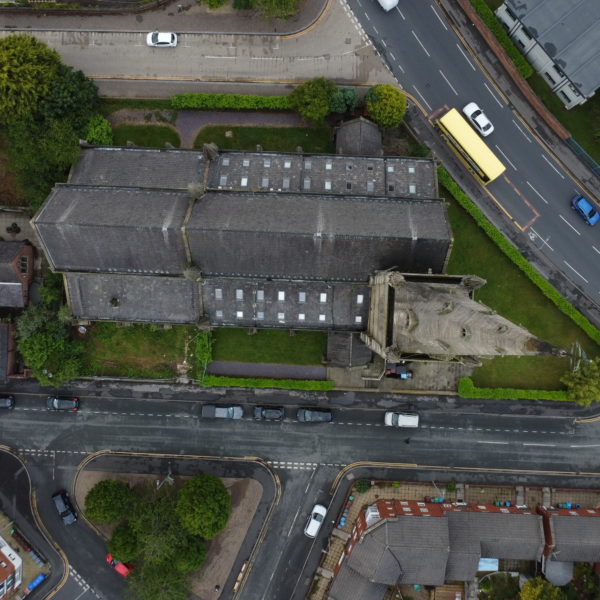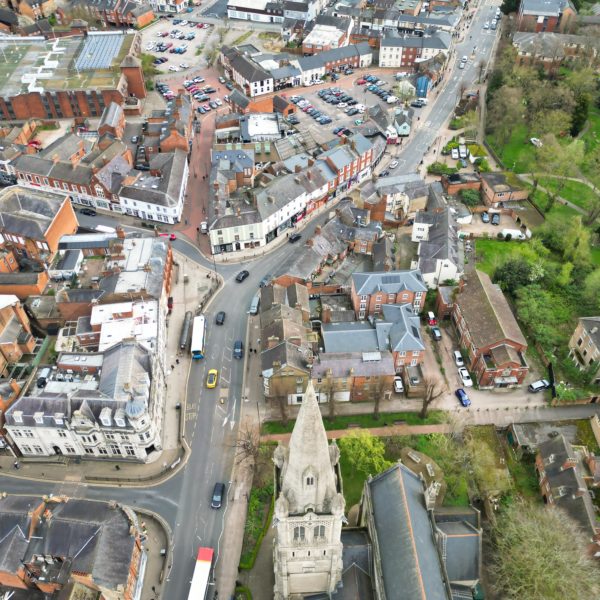“Rising damp” is one of the most misused and misunderstood terms in the world of property care and building pathology, especially when it comes to older buildings. Many homeowners, property buyers, and even some less experienced surveyors are led to believe it’s a common and inevitable defect. But is it really?
As a Chartered Surveyor, qualified in the retrofit of traditional buildings to PAS 2030, with 10 years experience dealing with traditional buildings of all shapes and sizes; we’ll unpack the reality behind rising damp, explain the different types of dampness, explore why misdiagnosis is rampant, and provide professional guidance on how surveyors should be addressing these issues. If you own, manage, or inspect heritage or period properties, this is essential reading for all house buyers and owners.
What Is ‘Rising Damp’Really?
Rising damp refers to the upward movement of moisture from the ground into the walls of a building by capillary action. This moisture supposedly rises through the brick or stone and evaporates, typically leaving behind telltale salt bands and stained skirting boards.
But here’s the problem: genuine rising damp is exceptionally rare, particularly in traditionally constructed buildings that are breathable by design. More often, what is diagnosed as rising damp is another form of moisture issue entirely, exacerbated by poor maintenance, modern interventions, or misinformed remediation.
The Myth of Rising Damp in Older Buildings
Pre-1919 buildings were typically constructed with solid walls and lime-based mortars and plasters. All materials that allowed the structure to “breathe” or more technically allowed natural evaporation of moisture and together with natural ventilation helped maintain a natural equilibrium across the building fabric. These buildings handled moisture differently than modern cavity wall constructions. Moisture entered and exited the building fabric as part of a dynamic equilibrium.
When these buildings are sealed up with impermeable cement renders, gypsum plasters, or injected damp-proof courses, this breathability is compromised. Moisture becomes trapped and can manifest as damp patches, often misdiagnosed as rising damp.
In fact, many damp proofing companies, motivated by sales rather than science, often promote rising damp as a widespread issue and offer unnecessary chemical treatments that may do more harm than good.
Calculate your house survey costThe Different Types of Damp (and Where They Really Come From)
To diagnose damp correctly, it’s essential to understand the main types of moisture-related issues in buildings:
1. Condensation
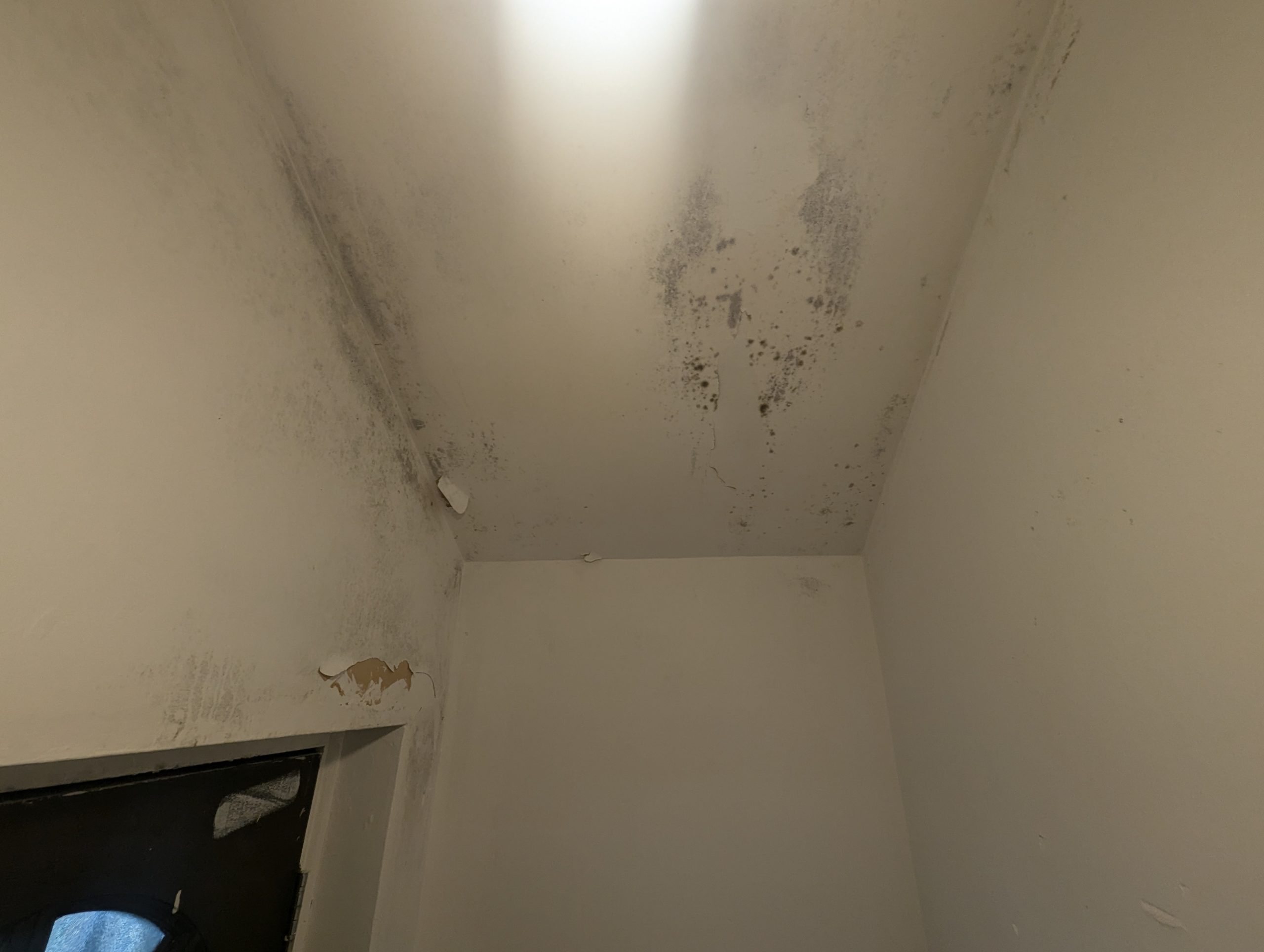
- Common in: Poorly ventilated modern homes, bathrooms, kitchens.
- Signs: Surface mould, especially around windows or in corners.
- Cause: Warm, moist air condensing on cold surfaces due to poor airflow.
2. Penetrating Damp
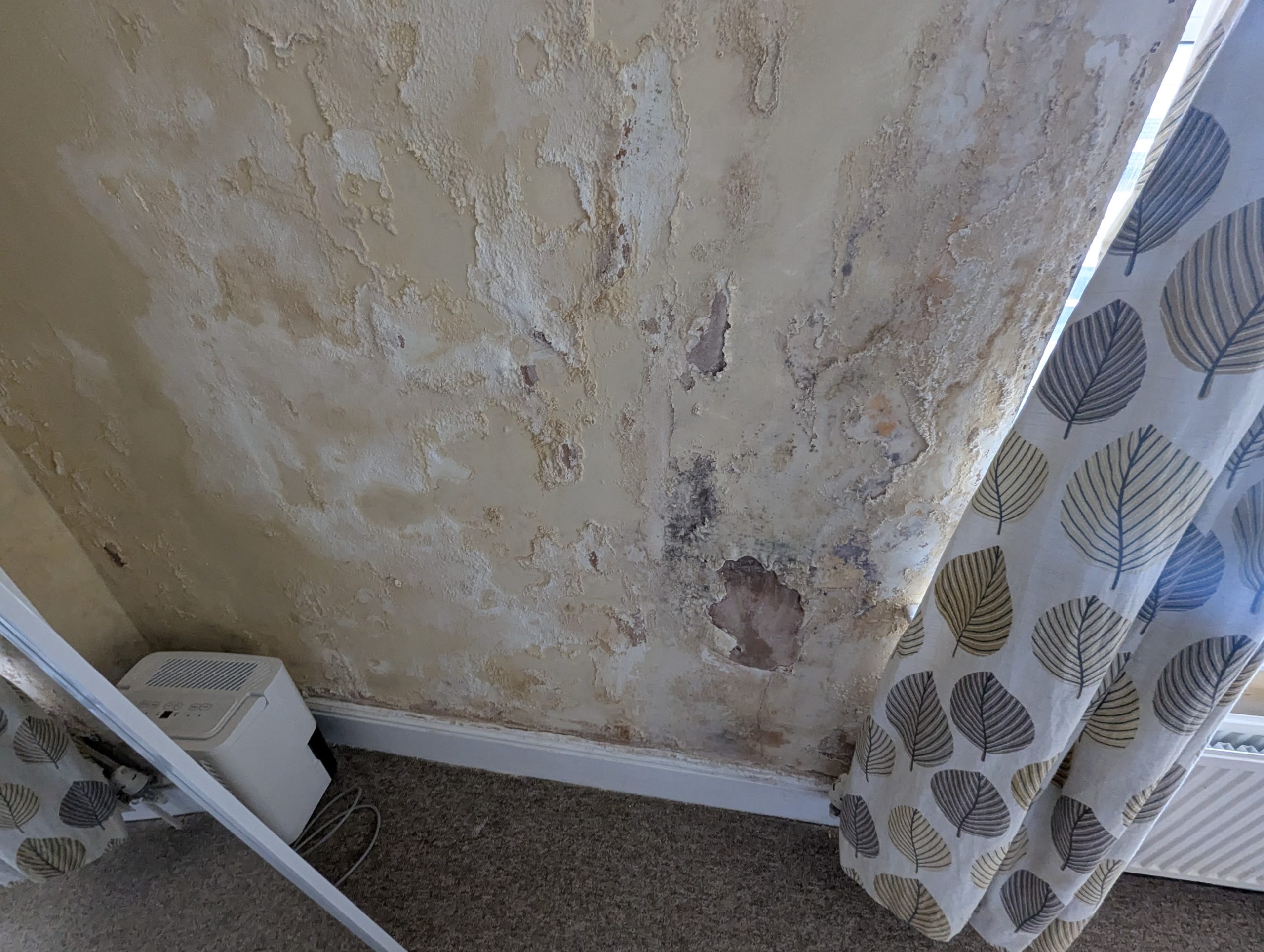
- Common in: Older buildings with damaged pointing, failed rainwater goods.
- Signs: Localised damp patches on walls or ceilings.
- Cause: Water ingress from the outside—often from gutter leaks or defective flashings.
3. Lateral Damp
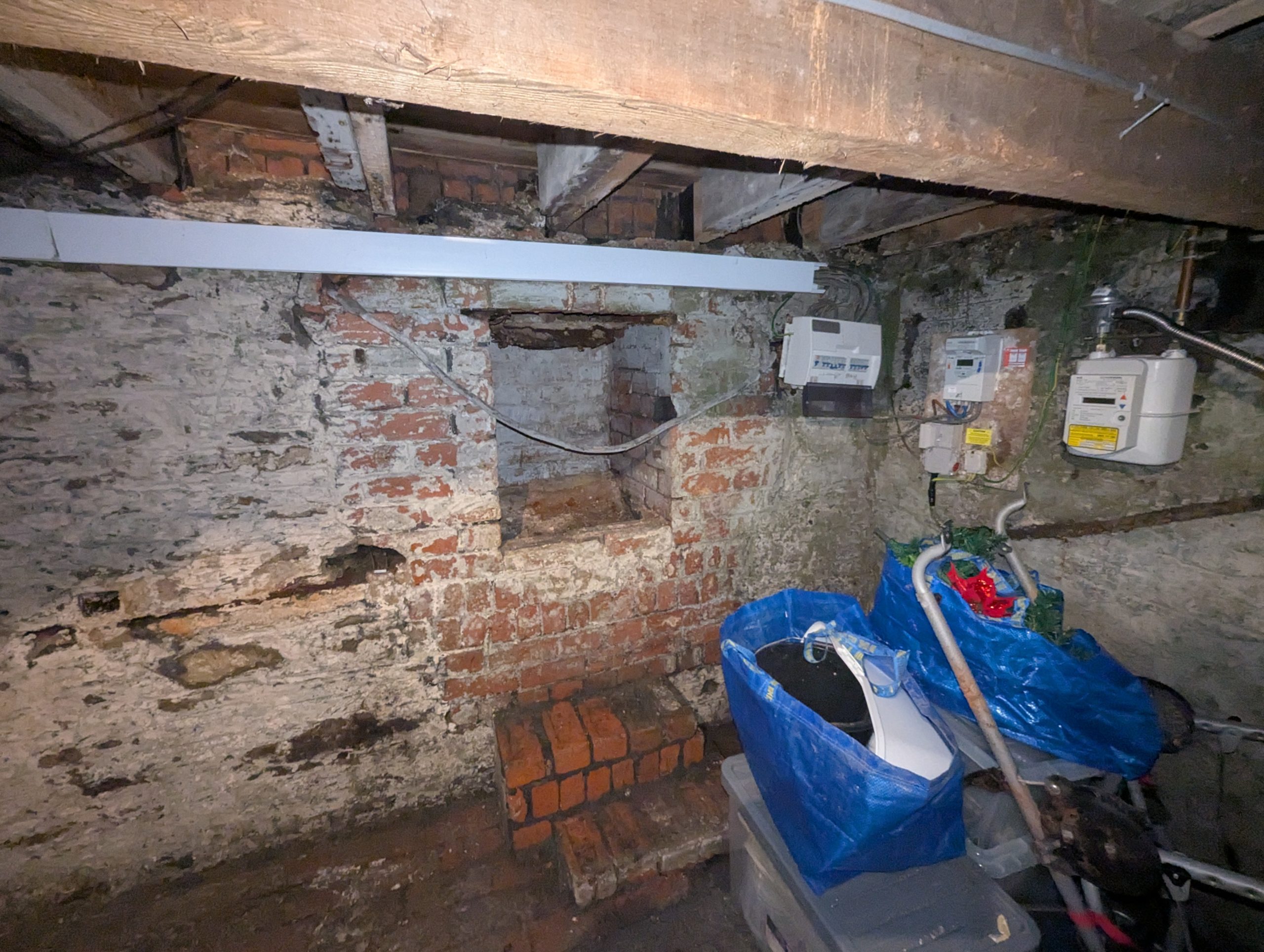
- Common in: Basements or below ground level spaces.
- Signs: Damp on walls in contact with soil or retaining walls.
- Cause: Moisture moving sideways through the structure, especially in un-tanked or unsealed walls.
4. Rising Damp (Rare)

- Common in: Poorly detailed extensions, or modern cavity walls with bridging DPCs.
- Signs: Tidemarks and salt deposits at low levels.
- Cause: Capillary rise from groundwater, typically where no physical DPC is present.
- Often actually a lateral or penetrating damp issue, typically in conjunction with other issues, which aggravate the physical manifestations of the issue. The above imagine is an example of a lateral damp issue, which is often mistaken for rising damp.
Misdiagnosis: A Persistent Industry Problem
Many so-called “damp surveys” are conducted by contractors with limited training, using handheld moisture meters with no understanding of broader building pathology. These meters—such as the Protimeter—measure electrical resistance, which can be falsely elevated by salts, condensation, or hygroscopic moisture.
It’s not uncommon for these results to be interpreted as rising damp, leading to the recommendation of chemical damp-proof injections and replastering—often unnecessary, invasive, and expensive.
The Joint Position Statement: A Professional Approach
In response to widespread misdiagnosis, a Joint Position Statement (JPS) was published in 2022 by the Royal Institution of Chartered Surveyors (RICS) in collaboration with the Historic England, The PCA, and other stakeholders.
The statement clarifies that:
- Many buildings diagnosed with rising damp do not suffer from it.
- The use of injected damp-proof courses is rarely appropriate for older buildings.
- Proper investigation and moisture mapping by competent professionals is essential.
The JPS advocates for a holistic, fabric-first approach, starting with identifying the building’s construction, occupancy, ventilation, and external maintenance. This is a process which all our surveyors follow, both before and after, the document was formally introduced.
The Right Tools for the Right Diagnosis
The Protimeter: Useful—but with Limitations
The Protimeter (or equivalent electrical moisture meter) is commonly used in non-intrusive surveys. It can be helpful when interpreted correctly, but has limitations:
- It does not measure moisture content directly in masonry or other materials like tiles, plaster.
- Readings can be skewed by salts, surface condensation, or metal fixtures.
- Its readings are only comparative, not absolute.
This doesn’t mean they can’t be used in the right situations, for non-invasive indicative moisture mapping, and for making an preliminary diagnosis, but they shouldn’t overly influence a surveyors opinion. Experience, opinion and more reliable forms of evidence should be taken into consideration.
Other Tools and Techniques:
- Gravimetric testing: The gold standard for determining moisture content, involves removing masonry samples.
- Thermal imaging: Helps identify cold spots and moisture patterns.
- Hygrometers: Measure relative humidity and dew point.
- Calcium carbide testing (Speedy meter): For on-site analysis of masonry moisture.
Surveyor Best Practices:
- Visual inspections for water ingress, ventilation, and salt patterns.
- Moisture profiling across multiple wall levels and depths.
- Use of hygroscopic salt testing to confirm the nature of moisture.
Always ask you’re surveyor how they inspect and report in relation to moisture in buildings. This will give you an insight into their experience and approach.
What Surveyors and Homeowners Should Be Doing Instead
For Surveyors:
- Adhere to the guidance in the Joint Position Statement.
- Educate clients on the reality of moisture behaviour in buildings.
- Avoid recommending chemical DPCs without a comprehensive, evidence-based diagnosis.
- Promote the use of traditional materials and fabric-appropriate repairs.
For Homeowners:
- Be cautious of “free damp surveys” from companies that also sell treatments.
- Seek advice from independent chartered surveyors or conservation professionals.
- Prioritise maintenance of rainwater goods, pointing, and ventilation.
- Understand that not all damp needs treating—sometimes, it simply needs managing.
Final Thoughts
Rising damp has been turned into a convenient diagnosis and sales opportunity, but in reality, it is often a myth perpetuated by poor practice and misunderstanding. With proper training, evidence-led investigation, and a conservation-minded approach, most cases of damp can be resolved without resorting to invasive and inappropriate chemical treatments.
If you’re experiencing damp issues or managing heritage property, engage with an independent surveyor who understands the full picture—not just the meter readings.
Speak to a member of the team
